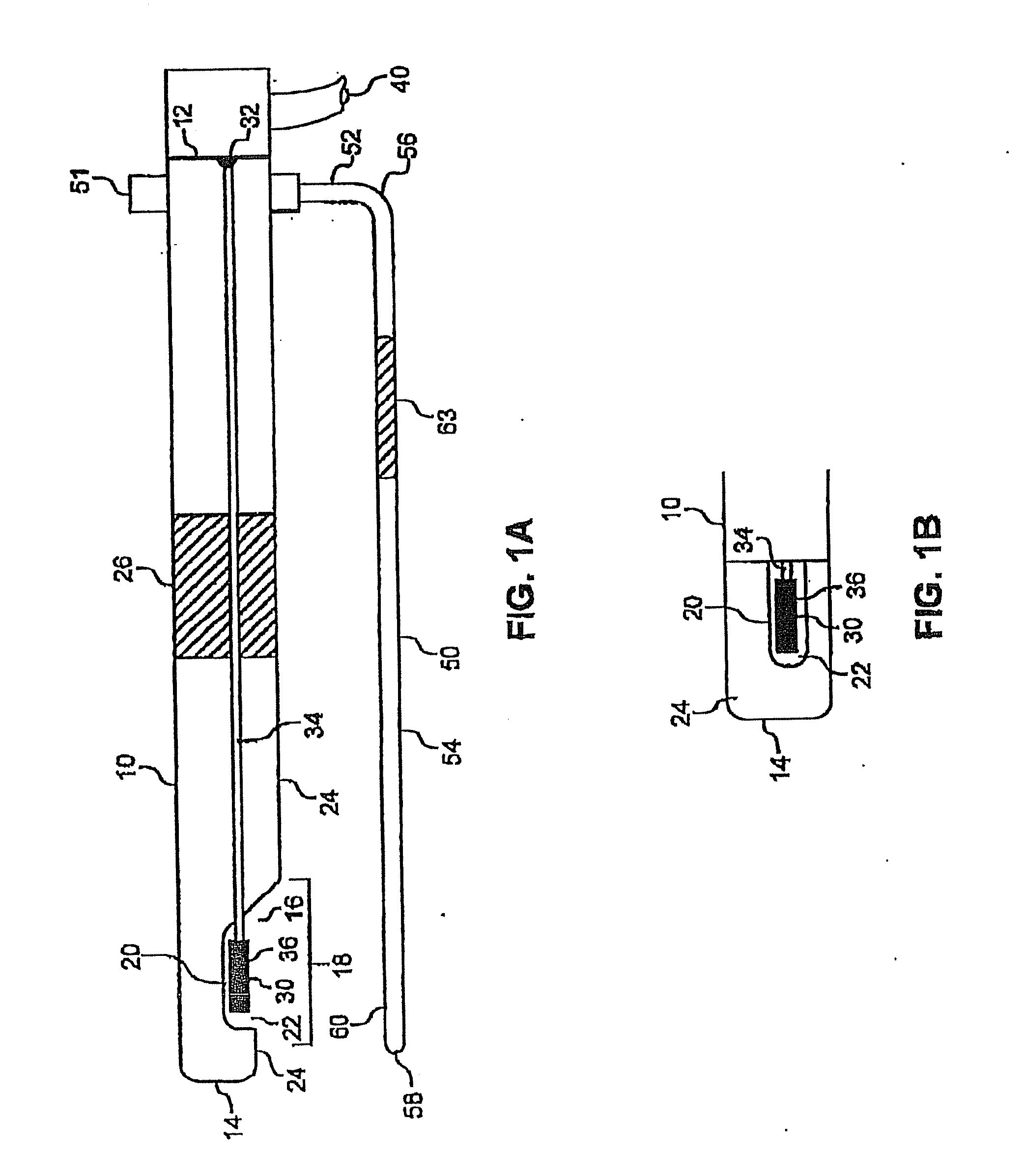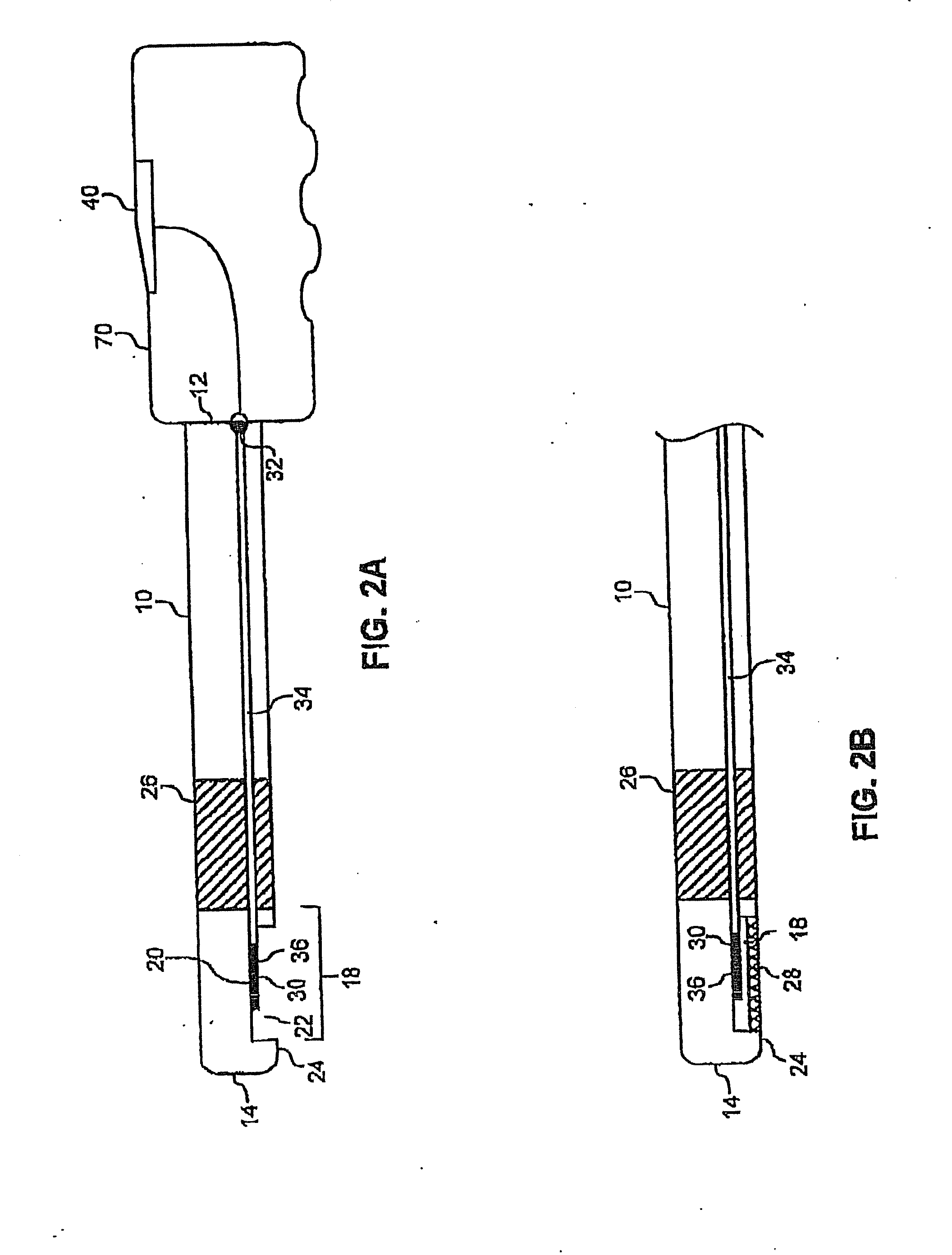Noninvasive detection of a physiologic parameter with a probe
a physiologic parameter and probe technology, applied in the field of non-invasive detection of physiologic parameters with probes, can solve the problems of stress and discomfort of patients, skin puncture, risk of infection, etc., and achieve the effect of non-invasive and accurate determination of physiologic parameters
- Summary
- Abstract
- Description
- Claims
- Application Information
AI Technical Summary
Benefits of technology
Problems solved by technology
Method used
Image
Examples
Embodiment Construction
Definitions and Nomenclature
[0043]Before the inventive devices and methods are disclosed and described, it is to be understood that this invention is not limited to sensor designs, measurement techniques, or the like, as such may vary. It is also to be understood that the terminology used herein is for the purpose of describing particular embodiments only and is not intended to be limiting.
[0044]It must be noted that, as used in the specification and the appended claims, the singular forms “a,”“an,” and “the” include plural referents unless the context clearly dictates otherwise. The term “adjacent” as used herein (e.g., “adjacent to the surface”) means near or against, e.g., at a distance from the mucosal surface that allows acceptably accurate measurement of the analyte. In general, it is preferable that the probe is contacted with the surface of the tissue containing the analyte.
[0045]The term “blanch” or “blanching” as used herein refers to a condition wherein sufficient pressur...
PUM
 Login to View More
Login to View More Abstract
Description
Claims
Application Information
 Login to View More
Login to View More - R&D
- Intellectual Property
- Life Sciences
- Materials
- Tech Scout
- Unparalleled Data Quality
- Higher Quality Content
- 60% Fewer Hallucinations
Browse by: Latest US Patents, China's latest patents, Technical Efficacy Thesaurus, Application Domain, Technology Topic, Popular Technical Reports.
© 2025 PatSnap. All rights reserved.Legal|Privacy policy|Modern Slavery Act Transparency Statement|Sitemap|About US| Contact US: help@patsnap.com



